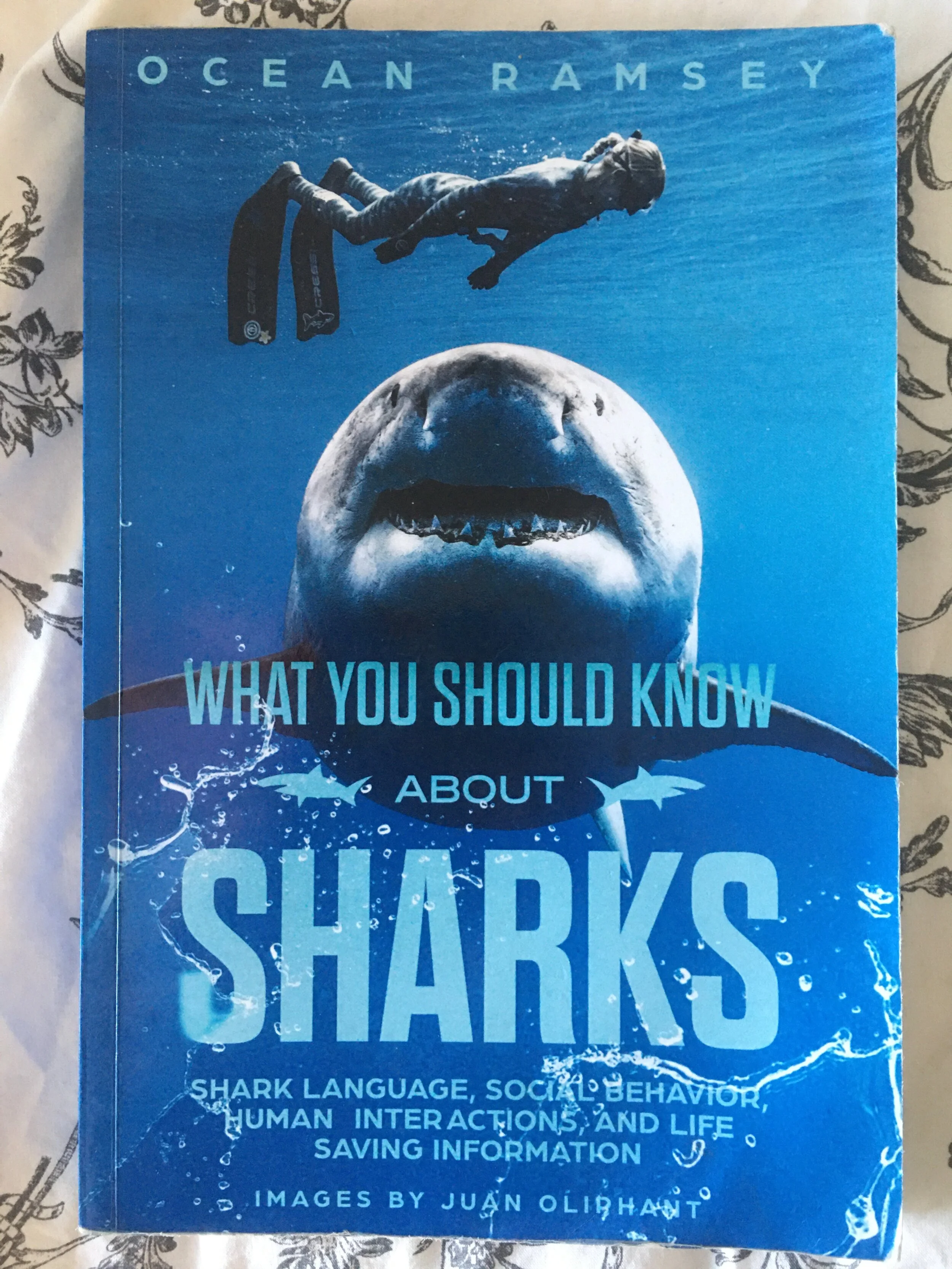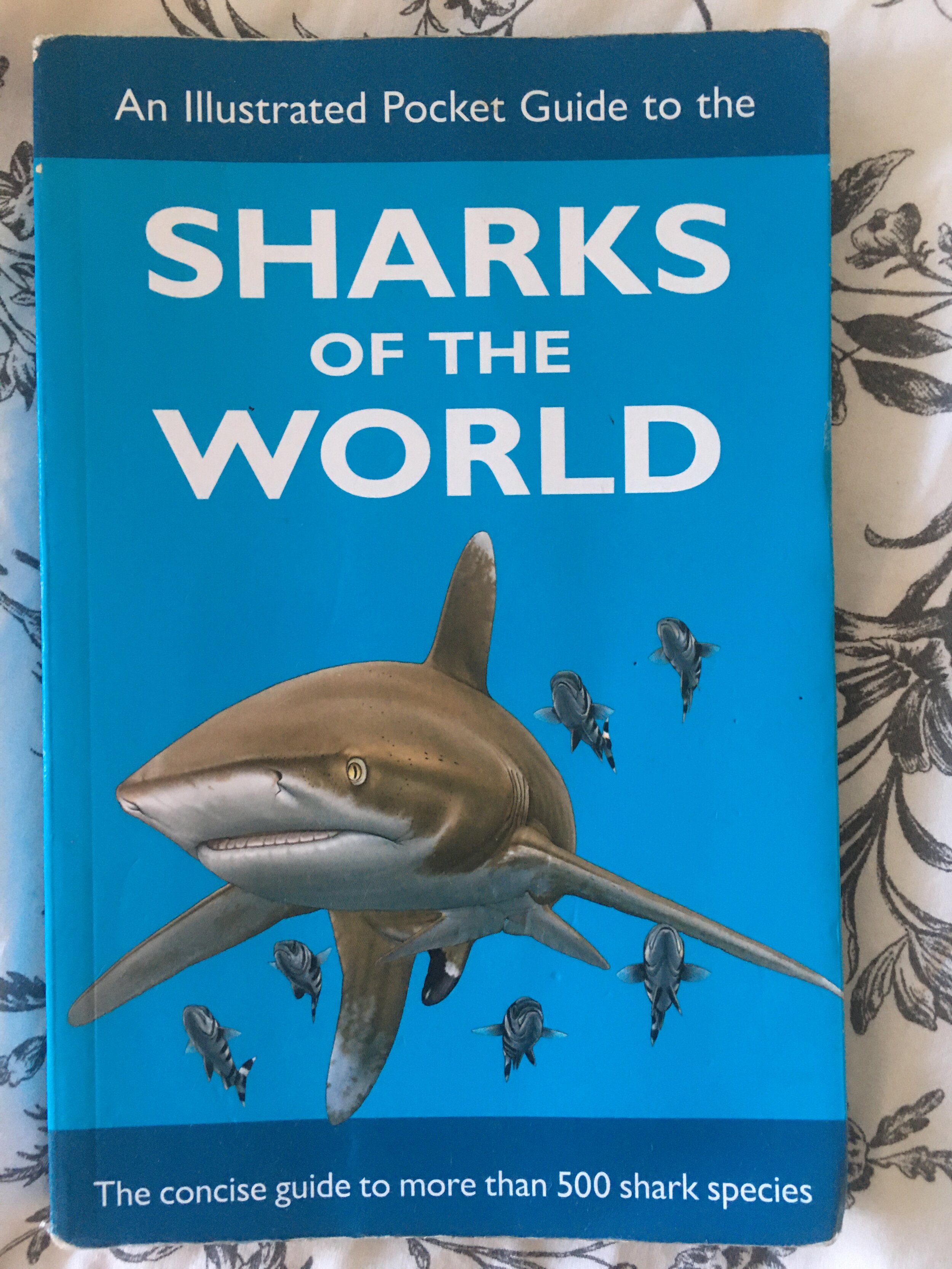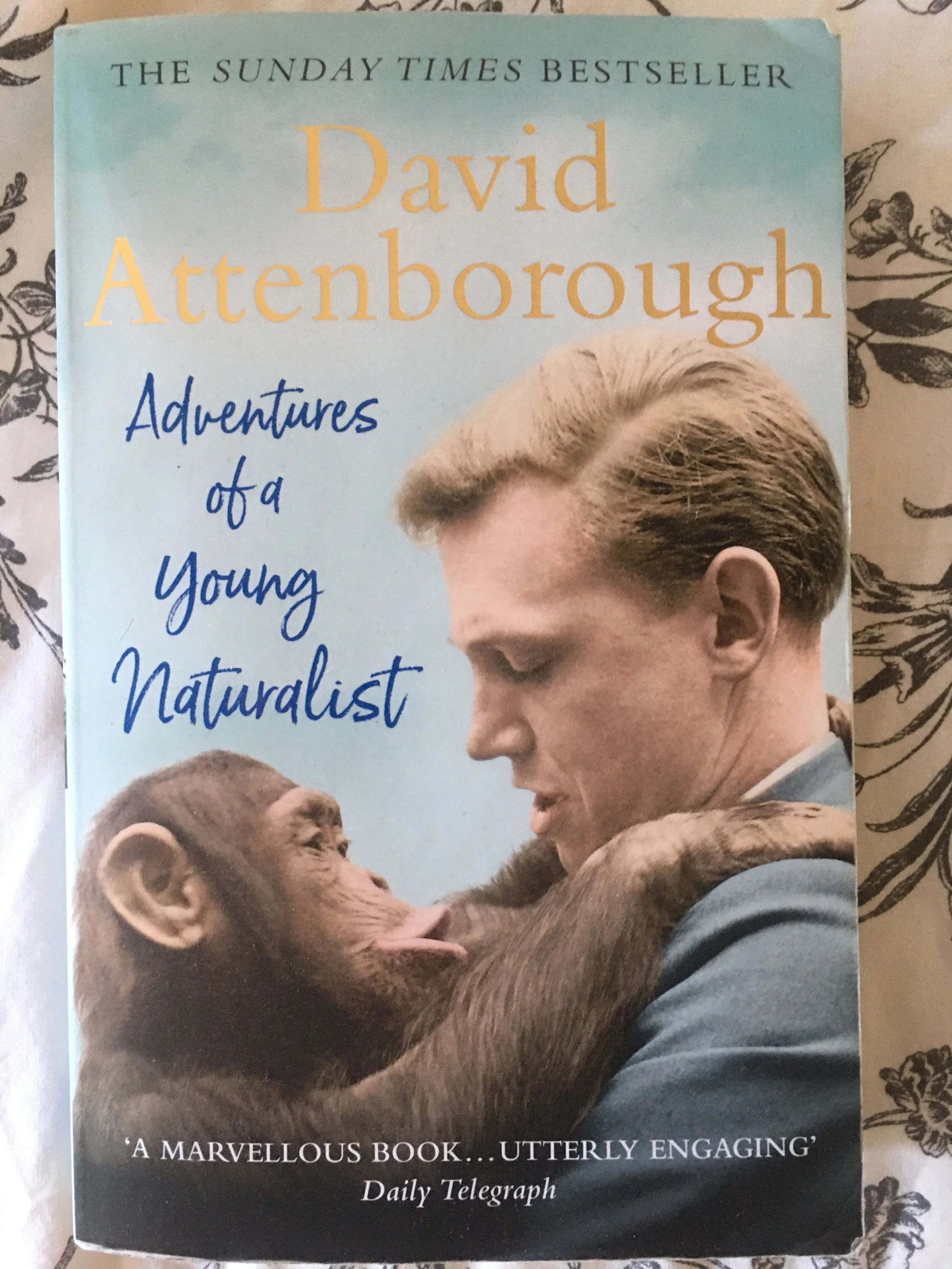
“THE SEA, ONCE IT CASTS ITS SPELL, HOLDS ONE IN ITS NET OF WONDER FOREVER”
The fact that you’re reading this probably means that you are interested in learning more about the ocean and marine conservation - which is exactly what this page is for!
We know more about the surface of the moon than we do of the deepest ocean trenches.
Life began around 3.5 billion years ago, and didn’t emerge onto land until just 395 million years ago. The ocean has made this planet hospitable, and allowed life to grow. It supplies 50-85% of the oxygen we breathe, absorbs 25% of the carbon dioxide we produce through carbon emissions around the world and absorbs 90% of the heat we produce from these carbon emissions. The oceans control the climate, the weather and the suitability for life on earth.
Now we are changing it in ways never before seen, and at speeds 1000’s of times faster than any changes that have happened in the past. If we continue to treat the oceans like this, we will not have the abundant, rich and varied life we see in the oceans today. Instead we will be looking at an empty expanse that no longer supports life in the ocean AND on land.
HOWEVER, it is not too late to change this. Nature has an incredible ability to heal itself, if given the chance. This is what we must do, we must reduce the many pressures on the oceans to allow them to heal. We must find sustainable ways to remove the huge but finite resources from them and change the way we carry out activities in the ocean.
The value of the oceans cannot be understated, as life on earth depends on their health.
The main threats to the ocean are:
Overfishing
What is Overfishing? Overfishing is the act of removing fish at a rate that is greater than the ability of fish to reproduce in time, causing a decline in numbers which can cause catastrophic chain reactions effecting the whole food chain.
Why is this a problem? When a species gets overfished, not only is it risking the extinction of that particular species but also may have many impacts on the ecosystem it lives in. With the removal of many fish species (in particular predatory fish such as sharks, tuna and bill fish) the ecosystems lose their balance. The fish previously hunted by the predatory fish can now over populate, causing a decline in their food source due to their increased demand. This impact can run all the way down the food chain . This is called Trophic Cascades and is being seen in many regions of the worlds oceans.
Causes: A combination of increased technology and increasing demand for seafood, the ocean’s ecosystems have never been under so much threat. With fishing boats being able to fish deeper, for longer and catch much larger amounts of fish than was possible just 50 years ago and an ever increasing demand for seafood from an ever growing human population means that fisheries around the globe are being pushed to their limits.
Overfishing in numbers: The global fishing catch increased from 20 millions tonnes a year in 1950, to more than 90 million tonnes a year just 40 year later in 1990. Since 1990, the fishing effort has continued to increase, however the global catch has not significantly increased in the same time. This suggests that the fish stocks cannot keep up with the fishing effort. Over 30% of global fisheries are overfished, 60% are fished to a maximal level. Leaving less than 10% of global fisheries not under huge amounts of pressure .
Solutions : Reduction in consumption for sea food. All seafood sourced from sustainable fisheries.
READ MORE HERE - Overfishing, Conservation, Sustainability, and Farmed Fish
Plastic Pollution
What is Plastic Pollution? Plastics, created using crude oil, are extremely resilient and last hundreds of years. Even though their actual life span is not known, plastic in fact has not been around long enough for us to find out. Meaning every single bit of plastic that has ever been made is still in existence. Much of our plastic waste blows or falls into water ways, which almost always results in that plastic flowing into the ocean.
Why is this a problem? Plastic presents many different threats to marine wildlife. Externally, it can cause choking, drowning or entanglement, while internally, it can cause starvation due to plastic filling up the stomach not leaving any space for real food. Research is also investigating poisoning as plastic can attach to harmful chemicals in the environment, as well as chemicals from the plastic itself may leech into the body of the animal, slowly causing illness and possibly death. This impacts not only fish, but also marine mammals, reptiles, birds, and even humans through consumption of fish.
Plastic Pollution in numbers: Over 250,000 tonnes of plastic is currently in our oceans! 100,000 marine mammals and turtles and 1 million sea birds are killed by marine plastic pollution annually.
Causes: Plastic is very versatile, it can be very hardy, very strong or very flexible, can be made into almost any conceivable shape and is very cheap to produce. This means we have come to now rely on plastic in hundreds of different ways in our lives. Plastic is so cheap that it is regularly used for a purpose that might only last a few minutes (such as plastic shopping bags) before it is of no use and can get thrown away.
Solutions: Reduce the reliance on plastics. Do not use plastics mindlessly and only use plastic when necessary. Reuse, repurpose and repair items instead of just throwing them away and buying new.
Habitat Destruction
What is Habitat destruction? The coasts are the point where the land and the sea meet. The coastal ecosystems (Coral Reefs, Sea Grass Beds, Mangroves, Kelp forests, Mud flats and Inter-tidal Zones) provide the resources, protection and habitat for the huge amount of species in the ocean, possibly more than any other ocean habitat. These habitats are affected by both natural processes (such as storms, erosion and even tsunamis) and on a larger scale, human intervention.
Why is this a problem? Habitat destruction directly removes or alters the habitat of an entire ecosystem. Many of these habitats are particularly vital as they are used as nursery grounds for many species, putting these species at higher risks due to their reproduction being directly affected. Additionally, Coastal development around river inlets can cause damaging changes to sediment or nutrient run off and also directly effect the migrations of fish species that might use rivers to spawn.
Habitat Destruction in numbers: About one-fifth (20%) of marine coastal areas have been highly modified by humans. It is predicted that globally 20-35% of mangroves have been lost in the last 50 years. and seagrass is declining by 7% every year!
Causes: Humans still have a love for being near the ocean, even if this love doesn’t come with respect. Therefore residential building on the coast is very popular, as well as commercial building such as ports, harbours and seafronts. Along with residential and commercial coastal development, a common cause of coastal habitat destruction is for aquaculture (an industry which is growing rapidly) as farms for specific species such as prawns and shrimp only function in these areas. Therefore areas of land previously containing many thousands of different species in a small space is turned into a monoculture for so called ‘sustainable’ food supply.
Solutions: Reduce coastal development and create more protection for coastal regions. Also to reduce the demand for seafood, particularly species requiring coastal habitat for farming. Invest in organisations that replant mangrove forests. Only visit hotels that do not get rid of seagrass. Invest in coastal habitat management and restoration projects.
Ocean Acidification
What is Ocean Acidification? Ocean Acidification is the drop in pH over an extended period of time in the ocean.
Why is this a problem? With a drop in pH, Carbonate Ions become less abundant. Many species in the ocean depend on the Carbonate Ions to build their shells/skeletons. This means many species of shell fish and coral will create more brittle and fragile shells or skeletons, and in extreme cases won't be able to create these structures. Coral reefs, though they only cover 0.1% of the ocean floor, are thought to provide a home for more than 25% of all marine species. Corals will not survive in an ever increasingly acidic ocean.
Ocean Acidification in numbers: Research shows the oceans acidity has increased by 30% since the pre-industrial era (pre-1900). It is predicted that the oceans acidity could double by the end of the century. This could cause a catastrophic chain reaction through marine ecosystems.
Causes: Ocean acidity increases are caused by CO2 being absorbed from the atmosphere into the ocean. While we continue to burn fossil fuels and CO2 levels continue to rise, more and more CO2 is being absorbed into the oceans continuing this shift to more acidic oceans.
Solutions: Remove our reliance on energy from fossil fuels and reduce our emissions and energy usage in general. This can be done in many different ways as seen here.
Global Climate Change
What is Global Climate Change? The earth goes through natural cycles of global warming and global cooling, occurring over millions of years. These fluctuations occur due to differing levels of gases in our atmosphere and varying amounts of heat either being trapped or dissipated across the atmosphere.
Why is it a problem? We are seeing these changes, that usually occur over millions of years, happening in just decades as we alter the amount of CO2 and methane in our atmosphere rapidly. Both CO2 and methane trap heat, this is why they are otherwise known as Green House Gases (GHGs). With an increased amount of these gases being released into our atmosphere, more heat is trapped and causes global temperature increases. These changes will have catastrophic impacts on millions of species around the world as well as put millions of humans lives at risk.
Global Climate Change in numbers: Our global CO2 emissions have risen every year since the industrial revolution. The amount of CO2 produced globally has more than doubled in the last 50 years since 1970. 2019 was the second warmest year on record. 9 of the 10 warmest years on record have been since 2005. We have already seen a 1.15 degrees increase in average global temperature.
Causes: There are many different processes that release GHGs into our atmosphere, but the industries that are the major contributors of these emissions are the agriculture industry, travel and energy. Most of which comes from the burning of fossil fuels.
Solutions: Remove ourselves from the reliance of fossil fuels. We must find and use renewable energy sources such as Solar, but also we must start moving to lower energy use in general - renewable or not. Reduce the amount of animals in our diet to reduce the scale of the agriculture industry.
Learn about Sharks and Marine Conservation here…
A short video that will tell you why we should care about sharks in 90 seconds! We cover the main topics of shark conservation in under 2 minutes to give you...
Many people don't know there are around 30 different species of Sharks in British waters! Most of them smaller species or deep water species, however one of ...
In this video I address the big questions - What is Shark finning? Why does Shark finning happen? and What can you do to help stop Shark finning…
Learn all about sharks in this interesting video covering many topics of shark biology, including how sharks breath, how sharks sleep, and even how sharks re...
Sharks are vital to the ocean, the planet and to us! But why are sharks so important? Learn exactly what makes shark so important to all these systems, learn…

Check out these blog posts…
Why Sharks are so important
Sharks are regularly seen as the enemy, the bad guy, the scary shadow lurking in the deep. But is that what they really are? Everyone knows we need to protect rhinos, tigers and pandas, but few people are aware that super-evolved top predators essential to…
Sharks are cold-blooded, that means they don’t feel pain. Right? WRONG.
Naturally, we don’t tend to give much care or compassion to something we are scared of, often due to a lack of understanding. This is currently where sharks sit - the feared and misunderstood section of most people’s minds. Therefore, there is no interest in learning more about them and certainly no…
Fish are friends not food
There are many threats that face the ocean and the environment in the 21st century, today we are going to discuss one of those threats.. One of the biggest threats to sharks is overfishing. This is a direct threat not only to sharks, but to all marine species. To supply the ever-growing seafood demand…
The Marine section of the Eco Action Bookshelf -







What actions can YOU take to protect the Oceans?
Fish choices
Our current increasing demand for seafood is emptying and destroying the ocean. Consider removing or reducing seafood from your diet. Any seafood you do eat, ensure it is sustainably caught and not damaging the environment. Pole and line caught fish is the most sustainable.
Be aware where you invest
Every investment we make, whether thats buying clothes, investing in stocks, retirement funds or a mortgage. All of these investments can have negative or positive impacts. So choose wisely with who you spend your money.
Reduce plastic
There are many plastic free alternatives out there, it only takes a small amount of effort to massively reduce your plastic usage. Try shopping plastic free with EcoRefill. Buy reusable water bottles such as Ocean Bottle.
Say no to single use plastic!
Continue to learn
We are in an age of infinite information. Unfortunately it is very easy to spread inaccurate, misleading or plain wrong information. So get information from reliable sources, check facts, don’t believe everything you hear straight away. Continue to learn about the steps we can take to help the environment.
Reuse, Repurpose, Repair
We have developed a throw away society, as often it is cheaper (or at least less effort) to throw away and buy new. However, this is just adding to the mountain of waste we are producing. Use items until they can no longer perform their function instead of when a newer version comes out. Try to repair or repurpose items instead of throwing them out.
Educate others
Many people are not aware of the climate crisis we currently face. The more people who are aware and act on what we currently know, gives us a much better chance of combating this. Speak to your friends and family about these topics, this should be a topic everyone is well informed about.
Reduce emissions
GHG emissions is a huge topic and is discussed throughout this website, however two of the biggest ways you can reduce your environmental footprint is reducing or removing meat and animal products from your diet due to the huge amounts of land and water needed to produce animals and the methane from ruminants such as cows and also by limiting air travel.
Support organisations
We must all be in this together, we must empower each other, support each other and generally be kind to each other, and the planet. There are many organisations out there, working hard day and night to spread the word, change the laws, fight the biggest offenders. Support these organisations, with donations, your time, or even just your words, all of these make a huge difference to those who are fighting for everyones survival.

A bit about us…
My name is Greg Holder
I am a shark conservationist, scuba dive Instructor, free-diver and environmentalist. I have set myself a mission of informing as many people as possible about the marine world and the damaging way it is being treated currently, but I also want to inspire and excite people about the magic that still exists under the waves. Through education, inspiration and dedication I know that we can make the changes required to protect our oceans and the beautiful and vital ecosystems it supports. I hope you will continue enjoying to learn about the marine world and are driven to protect it! I created Gingeunderthesea to inform and educate as many people as possible about the marine world, through videos and information sharing.
My name is Miriam Olivia
I am a marine biologist, dive master and most of all, an ocean lover. The sea keeps me sane and healthy and I want to dedicate my life giving back to the ocean, by sharing my passion and inspiring others to treat it well. Growing up in southern Germany, far from any ocean, I want to inspire others that think just because they didn’t grow up with a direct link to the sea they can’t have an impact or a close connection with the ocean. After doing my Bachelors in Germany, I studied my masters at Stockholm University and since then have spent the last few years in Mozambique and South Africa, diving, teaching and exploring the amazing Western Indian Ocean.
⠀

“It is a curious situation that the sea, from which life first arose, should now be threatened by the activities of one form of that life. But the sea, though changed in a sinister way, will continue to exist: the threat is rather to life itself.”
— Rachel Carson, Marine Biologist












